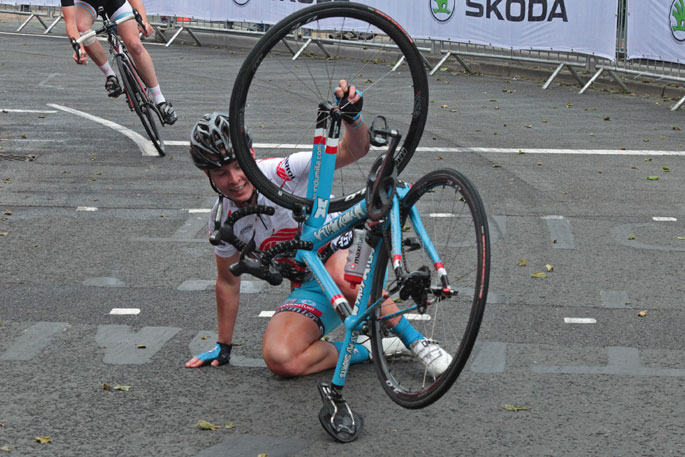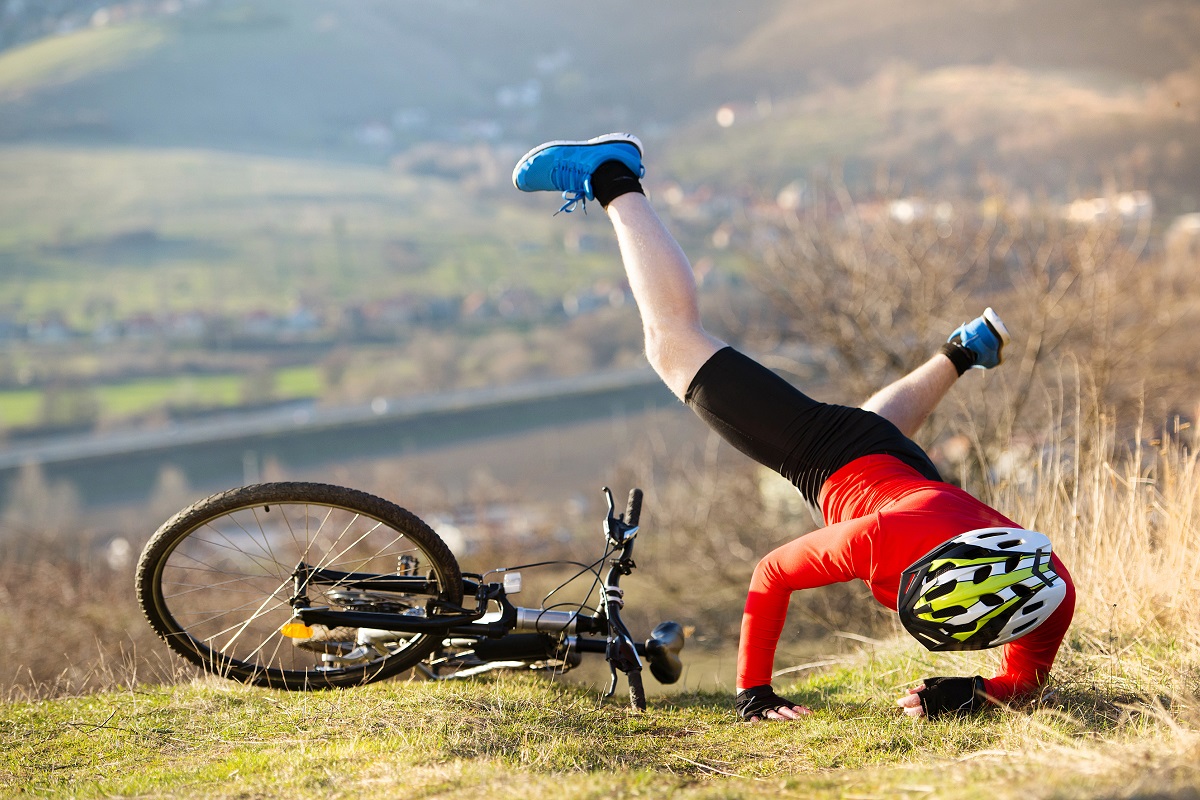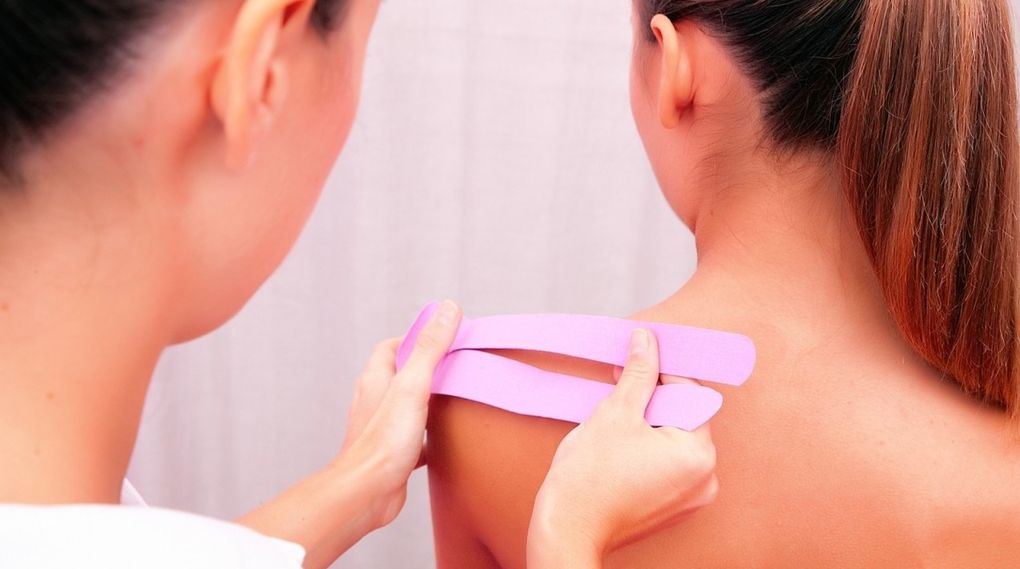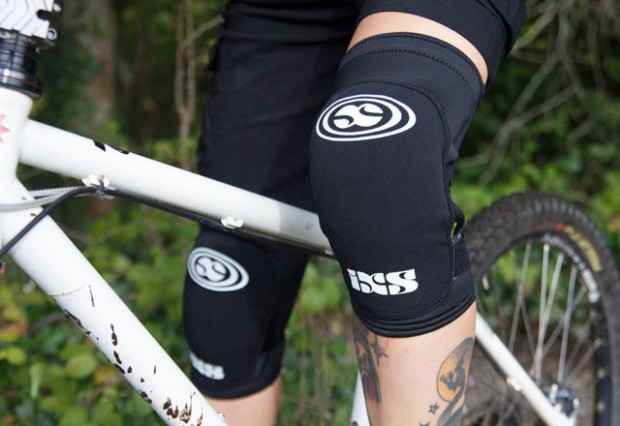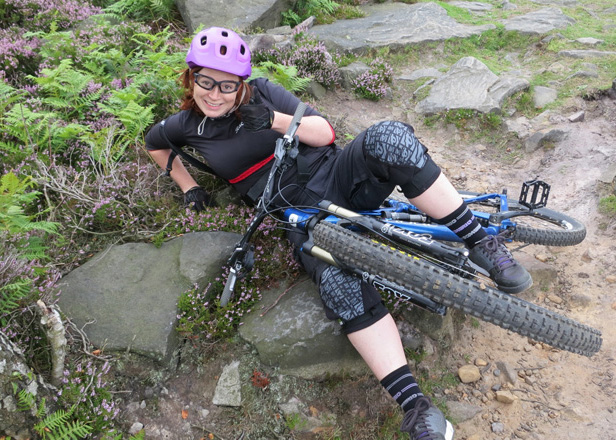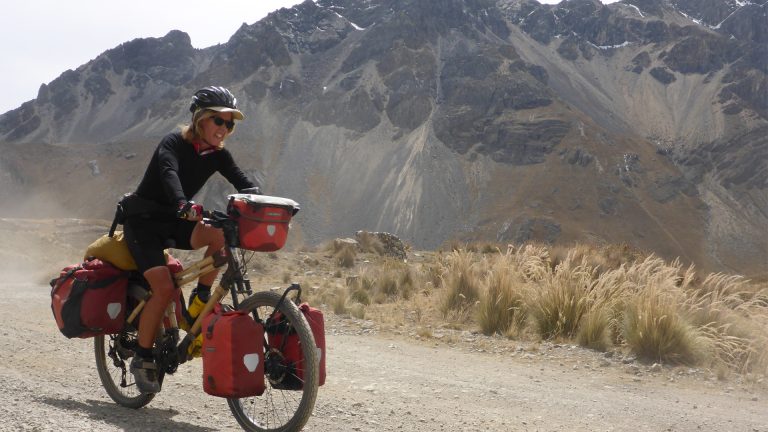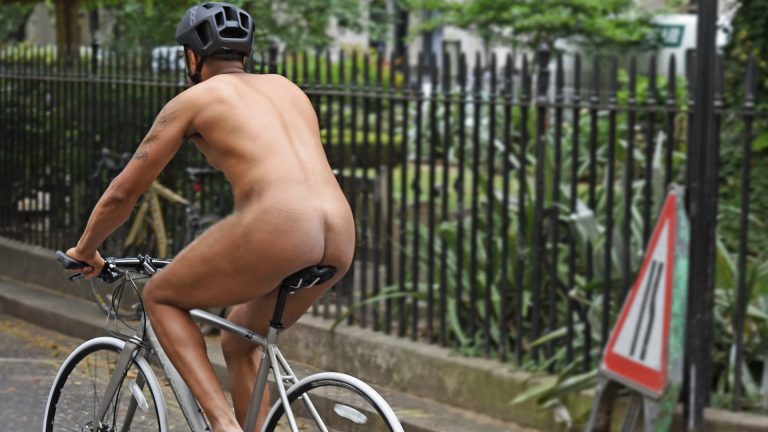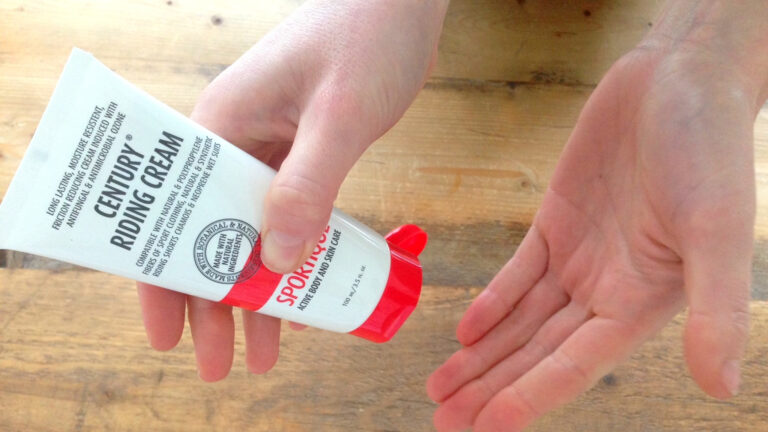Mental Injury: Anxiety, Stress and Mr. Fear
We’ve briefly looked at physical injury, taking care of your body and ways to minimise damage if you do have an accident. But what about the mental injuries we suffer after a fall?
Even if the fall wasn’t big, or there was no physical injury, we can still have our confidence knocked, and it can impact our performance and recovery. Immediately after a fall, it’s common to feel angry with ourselves and frustrated at the situation… even embarrassed! After the dust settles, we can be left with an imprint with manifests into anxiety, stress and fear.
There are some common outcomes from suffering a mental biking injury:
- Over dramatizing the experience: building it up in your head to being worse than it really was
- Once feeling the harsh reality of physical pain, we’ll try and escape from it and avoid situations where pain is anticipated
- Mental blocks go up and tunnel vision sets in, unable for you to take attention away from the accident and consequential fear
These outcomes can lead to a multitude of problems which affect your ability to recover, such as anxiety and stress. It’s easy to lose confidence after an accident and to compensate you may find yourself riding slower, braking more often and even avoiding features or situations you used to be comfortable with.
If you had an accident involving a vehicle, you can become more nervous around traffic, which in turn can often exacerbate the problem. Research shows that drivers actually give less room when overtaking cyclists who ride close to the curb, and your nerves could also make you less decisive and confident in your movements.
If your crash was with another rider, you might find you lose the confidence to sit close to another cyclists wheel to benefit from the draft, or that you start riding more and more on your own when really you’d rather have company.
These are all natural reactions, but it’s important to be aware of them so we know how to tackle them.
